Community Investment
The B4SI Community Investment Framework is a robust measurement standard that helps organisations understand the difference their contributions make to society.
Businesses’ voluntary engagement with charitable organisations or activities that extends beyond their core business activities is broadly what is meant by Corporate Community Investment.
Companies engage in activities that can have a positive impact on society every day. They create wealth and jobs, pay taxes, deliver goods and services, drive innovation, and so on. Over and above these activities, companies often contribute to community-based organizations and engage in activities to help address a range of wider issues and causes in the communities where they do business. The type of organizations supported can vary greatly and include charities, non-profits, non-governmental organizations (NGOs), third sector, civil society, social enterprises and so forth.
This specific voluntary engagement with charitable organizations or activities that extends beyond companies’ core business activities is broadly what is meant by corporate community investment. If your company is investing into new innovative ways of doing business or developing products that bring enhanced social impact, or diverting procurement spend to suppliers that aim to have a social impact, this could be counted as Business Innovation or Procurement for Social Impact.
Community Investment: A Snapshot
Inputs: What's contributed
The resources a company provides to support a community activity
How:
Form of contribution
Why:
Driver for contribution
What:
Issue addressed
Where:
Location of activity
Outputs: What happens
The activities delivered, numbers reached, funds raised and business related activity resulting from the contributions made.
Community outputs:
Number of people helped, activities held etc
Leverage:
Additional funds raised e.g. by employees
Business outputs:
Media coverage, awareness among customers
Impacts: What changes
The changes that happen to individuals, organisations and the company, in the short or longer term, as a result of the activity.
Community impacts:
Type of impact on individuals
Depth of impact on individuals
Impact on orgnisations
Business Impacts:
Impact on employees
Change in business performance
Environment impacts:
Change in environmental behaviours
Change in the environment e.g. ecology
Inputs: The Contribution
How
- Cash spent on donations, matched employee giving, cause related donations etc
- Cost of employee time spent volunteering in the community during company time
- In-kind products, services and facilities valued at the cost to the company
- Management costs associated with running a company’s community programme.
Why
The motivation for the contribution:
- Charitable donations – Intermittent support to a wide range of good causes in response to the needs and appeals of charitable and community organisations
- Community investment – longer term involvement in community partnerships to address a limited range of social issues, chosen by the company in order to protect its long-term corporate interest and to enhance its reputation
- Commercial initiatives – Commercial activities are business-related activities to support the success of the company and promote the brand. They are usually undertaken by departments outside the community function and often involve partnerships with not-for-profits.
Where
The regions to which the community the contribution is provided:
- Europe
- Middle East & Africa
- Asia Pacific
- North America
- South America
What
The areas of the community the contribution supports:
- Education & Young People
- Health
- Economic Development
- Environment
- Arts & Culture
- Social Welfare
- Emergency Relief
Outputs: The Result
Community Benefits
Quantifiable data on what resulted in the community from an investment:
- Number of people directly reached or supported
- Type of beneficiary supported
- Number of organisations supported
- Company specific measure
Leverage
- Cash contributions made by stakeholders as a result of organisational involvement, such as employee fundraising, customer donations, etc
- Time contributed by employees to a company supported activity outside of working hours
- Foregone income can be measured, which is the open market value of an in-kind contribution as a measure of the value to the community.
Business Benefits
Quantifiable data on what the business got back from the investment:
- Number of employees engaged in the activity
- Customers/consumers reached
- Suppliers/distributors reached
- Other influential stakeholders reached
- Value of media coverage generated.
Impact: The Change
Community Impacts
The changes that happen to individuals and organisations in the short or longer-term.
Impact on individuals
- Depth of impact: connection, improvement, transformation
- Type of impact: behaviour change, skills development, quality of life
- Impact on organisations.
Business Impacts
The changes that happen to employees and the business in the short or longer-term.
- Impact on employees: job-related skills, personal impact, behaviour change
- Impact on the business: human resources, stakeholder perceptions, business generated, operational improvements, brand awareness.
Environment
Measure the extent of improvement to the environment, through direct intervention and the impact and extent of positive changes in people’s behaviour around environmental issues.
- Impact on the environment
- Impact on environmental behaviour.
Learn more about the three routes to impact
1. Community Investment
The business is working externally with community organisations to address a social issue.
The focus of this activity is to benefit the community and secondly, the business
2. Business Innovation for Social Impact
A business division is developing or adapting core commercial activities that create clearly defined social impact and generate a clear return to the business
The focus of this activity is to benefit both society and the business.
3. Procurement for Social Impact
The business is switching procurement spend towards suppliers that are creating clearly defined social impact.
The focus of this activity is to benefit both society and the business.
“
We’ve used the Framework for many years to drive consistence in our reporting.”
Neil Jones, Senior CSR Manager, Corporate Responsibility, Walgreens Boots Alliance
